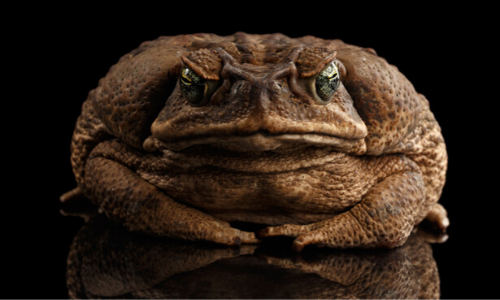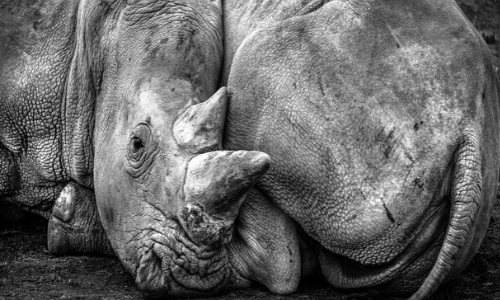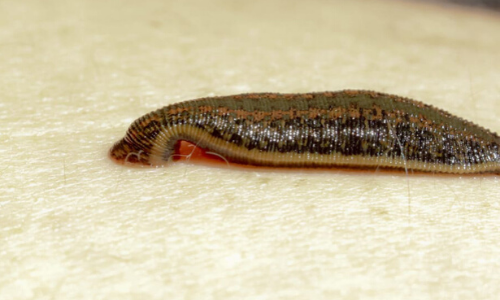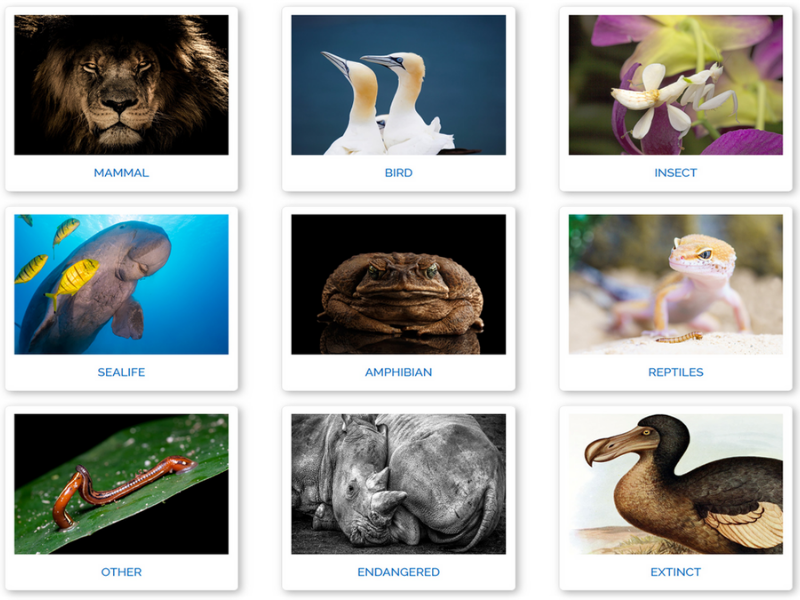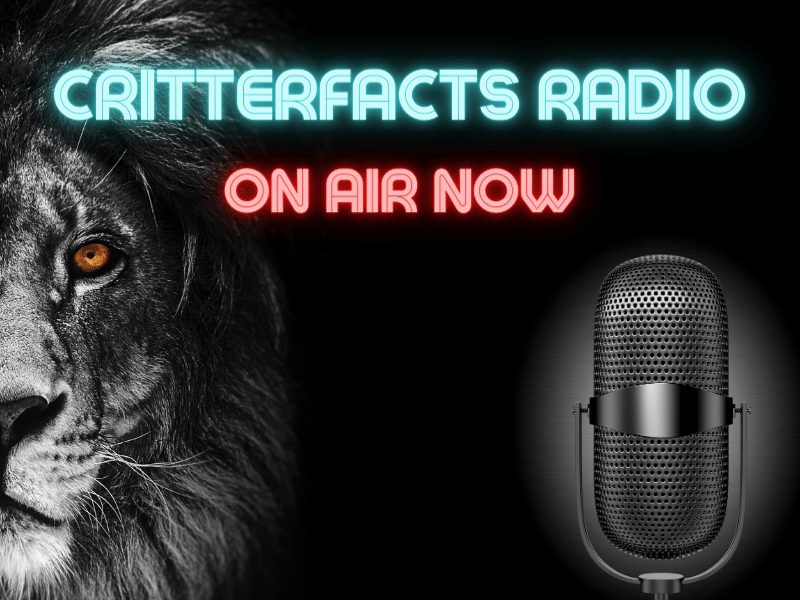

Scientific Classification
KINGDOM: Animalia
PHYLUM: Chordata
CLASS: Mammalia
ORDER: Artiodactyla
FAMILY: Bovidae
GENUS: Bos
SPECIES: B. taurus
SUBSPECIES: B. t. indicus
Conservation Status


Zebus were made for life in the harsh tropics. Besides being able to withstand the high heat and humidity, the hump on their back is similar to a camel’s in that it serves as a reservoir for fat to be used for energy if food is unavailable. Also, zebus are highly resistant to viruses and parasites, making them ideal as domestic animals.
Zebus are usually white, grey, or brown in color. Besides their hump, they can be identified by their droopy ears and large dewlaps.

Zebus are the only cattle that live in tropical rainforests. They originated from the rainforests of south Asia but were later easily introduced to the tropical areas of South America and Africa.

Zebus are similar to other cattle with their diet as they are herbivorous grazers. Their diet consists of grass, seeds, flowers, and leaves. Zebus are classified as a ruminant mammal meaning they are able to get their nutrients from plants by fermenting it in one chamber its four-chambered stomach prior to digestion.

There is no specific mating season for zebus as they mate throughout the whole year. The dominant male is the only one who can mate with females. Females will carry their calf for a little under 10 months, but this time can vary depending on the nutrition and age of the mother. In fact, even the sex can be a factor in how long the mother carries the calf as male calves are carried for a shorter time than female calves!

The zebu is one of the oldest cattle breeds in the world; archaeological evidence has the zebus’ first sighting between 2,000-3,000 BC.
Zebus live in large groups called herds that are composed of males, females, and their calves. Despite being in large groups, zebus still face threats from wild cats and bears. Even though they are one of the smallest cattle breeds, they can still run up to 25 miles per hour if faced with danger!


